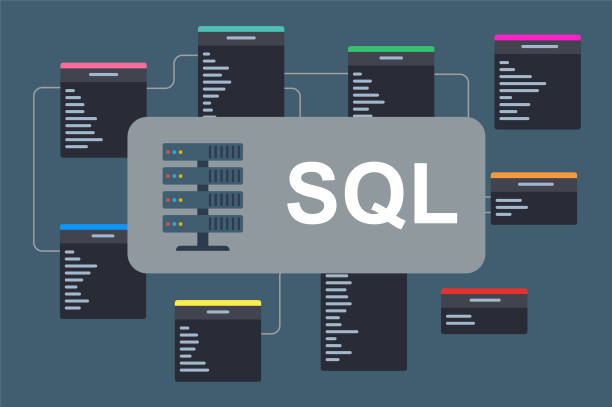Introduction
In today's data-driven world, Structured Query Language (SQL) skills are in high demand. Whether you're a seasoned professional or just starting your career in data management, mastering SQL interview questions is essential for landing that dream job. In this blog post, we'll delve into some common SQL interview questions and provide detailed explanations to help you ace your next interview.
SQL is a standard database language used for accessing and manipulating data in databases. It stands for Structured Query Language and was developed by IBM Computer Scientists in the 1970s. By executing queries, SQL can create, update, delete, and retrieve data in databases like MySQL, Oracle, PostgreSQL, etc. Overall, SQL is a query language that communicates with databases.
What is SQL?
SQL stands for Structured Query Language. It is a language used to interact with the database, i.e., to create a database, to create a table in the database, to retrieve data or update a table in the database, etc. SQL is an ANSI(American National Standards Institute) standard. Using SQL, we can do many things. For example – we can execute queries, we can insert records into a table, can update records, can create a database, can create a table, can delete a table, etc.
What is a database?
A Database is defined as a structured form of data storage in a computer or a collection of data in an organized manner and can be accessed in various ways. It is also the collection of schemas, tables, queries, views, etc. Databases help us with easily storing, accessing, and manipulating data held on a computer. The Database Management System allows a user to interact with the database.
Does SQL support programming language features?
It is true that SQL is a language, but it does not support programming as it is not a programming language, it is a command language. We do not have conditional statements in SQL like for loops or if..else, we only have commands which we can use to query, update, delete, etc. data in the database. SQL allows us to manipulate data in a database.
What are the Types of SQL Commands?
There are the four main types of SQL commands: Data Definition Language (DDL), Data Manipulation Language (DML), Data Control Language (DCL), and Transaction Control Language (TCL). Offer examples of each command type to illustrate their usage.
What are Primary Key and Foreign Keys in SQL?
A Primary Key is one of the candidate keys that is selected as the most important and becomes the primary key. There cannot be more than one primary key in a table.
Foreign key is a field that can uniquely identify each row in another table. And this constraint is used to specify a field as a Foreign key. That is this field points to the primary key of another table. This usually creates a kind of link between the two tables.
What are tables and Fields in SQL?
A table has a combination of rows and columns. Rows are called records and columns are called fields. In MS SQL Server, the tables are being designated within the database and schema names.
A database field can be defined as – a single piece of information from a record.
What is DEFAULT constraint in SQL?
A DEFAULT constraint is used to fill a column with default and fixed values. The value will be added to all new records when no other value is provided.
What is Normalization?
It is a process of analyzing the given relation schemas based on their functional dependencies and primary keys to achieve the following desirable properties:
- Minimizing Redundancy.
- Minimizing the Insertion, Deletion, And Update Anomalies.
What is Denormalization?
Denormalization is a database optimization technique in which we add redundant data to one or more tables. This can help us avoid costly joins in a relational database. Note that denormalization does not mean not doing normalization. It is an optimization technique that is applied after normalization.
What is Query and Subquery in SQL?
An SQL query is used to retrieve the required data from the database. However, there may be multiple SQL queries that yield the same results but with different levels of efficiency. An inefficient query can drain the database resources, reduce the database speed or result in a loss of service for other users. So it is very important to optimize the query to obtain the best database performance.
In SQL a Subquery can be simply defined as a query within another query. In other words, we can say that a Subquery is a query that is embedded in the WHERE clause of another SQL query.



0 comments:
Post a Comment